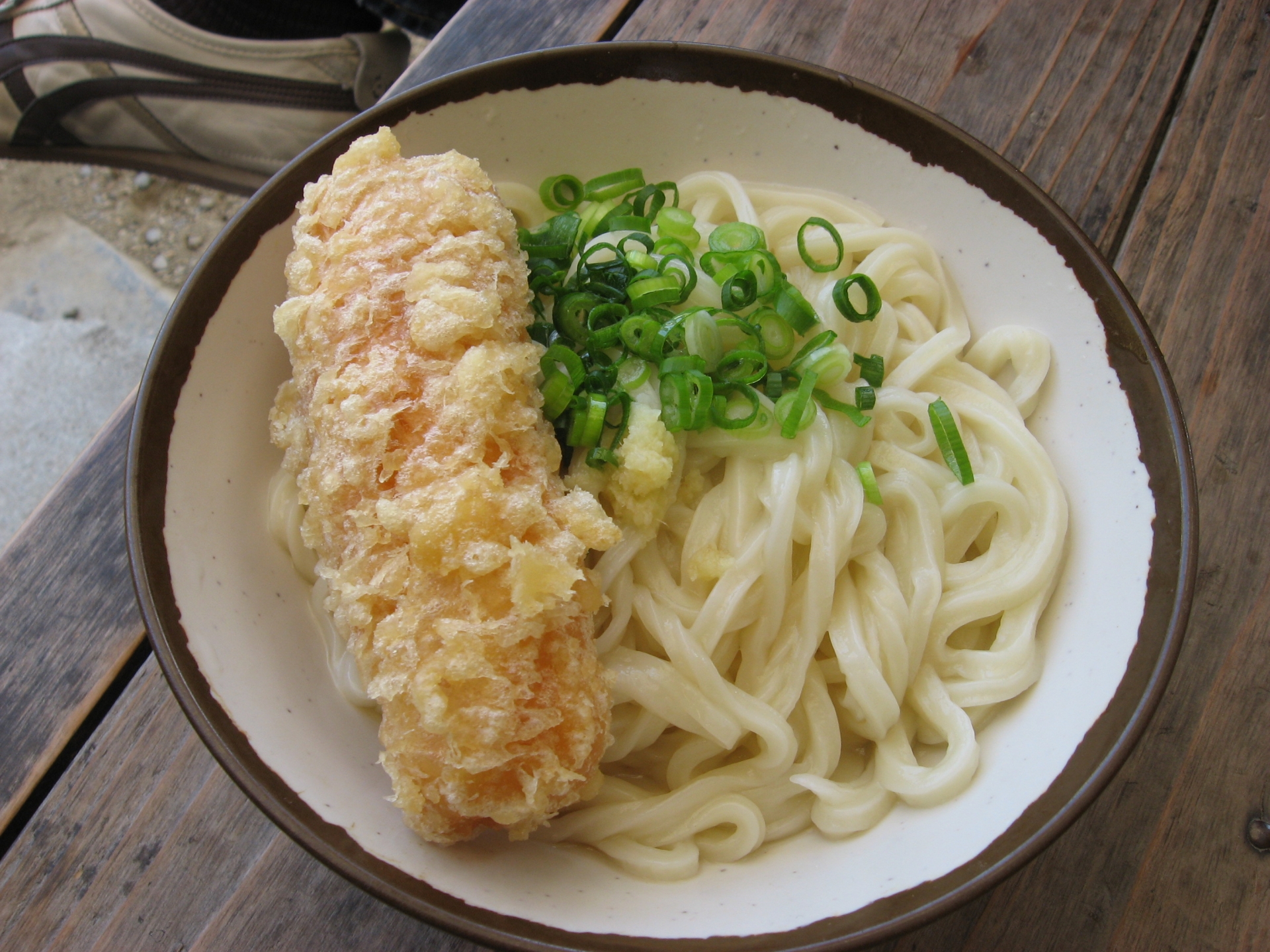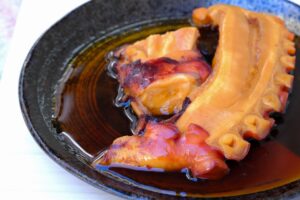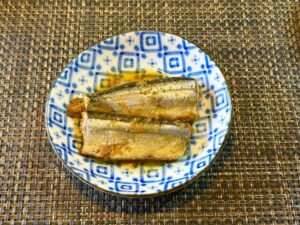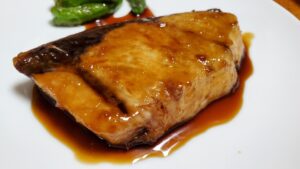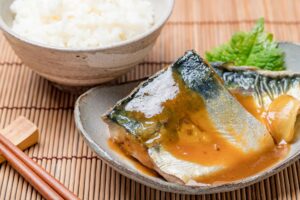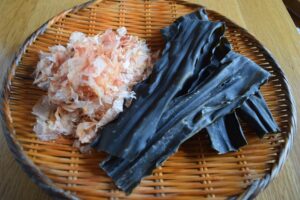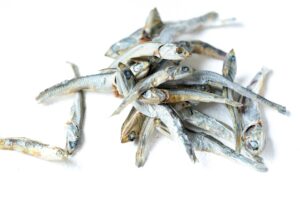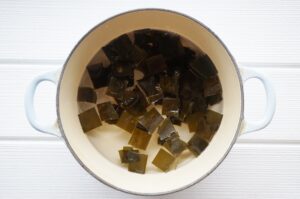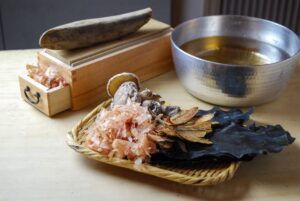Sanuki Udon, originating from Japan’s Kagawa Prefecture, is more than just a type of noodle – it’s a cultural symbol, a culinary delight, and a must-try for any lover of Japanese cuisine. Known for its signature chewy texture and square-cut thickness, Sanuki Udon stands apart from other udon varieties across Japan. Whether you’re exploring the backstreets of Takamatsu or trying to replicate the experience in your own kitchen, this guide offers everything you need to know about the soul food of Kagawa.
What Is Sanuki Udon?
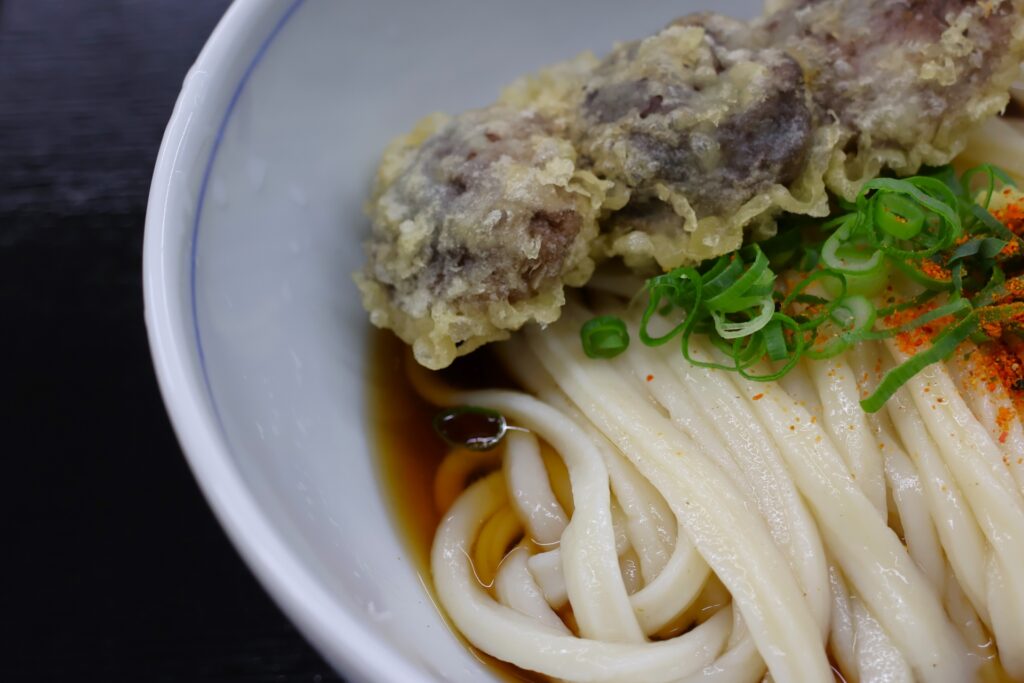
Sanuki Udon is a specific type of Japanese udon noodle that hails from Kagawa Prefecture, formerly known as Sanuki Province. These thick, white noodles are made from just three core ingredients—wheat flour, water, and salt—but their unique preparation gives them their defining characteristics: a firm bite and a satisfyingly chewy texture.
What sets Sanuki Udon apart? The noodles are cut in a squared shape, usually thicker than soba but thinner than some other udon types. The surface is smooth, but the chew is distinctive—more elastic than most. The name “Sanuki” directly ties it to its place of origin and is synonymous with quality and tradition when it comes to udon.
Compared to other udon types, Sanuki Udon emphasizes the noodle itself rather than the broth. While most Japanese udon may be soft and subtle, Sanuki Udon demands attention with each bite. It’s often served with a simple, light dashi broth or even chilled with dipping sauce to showcase its texture.
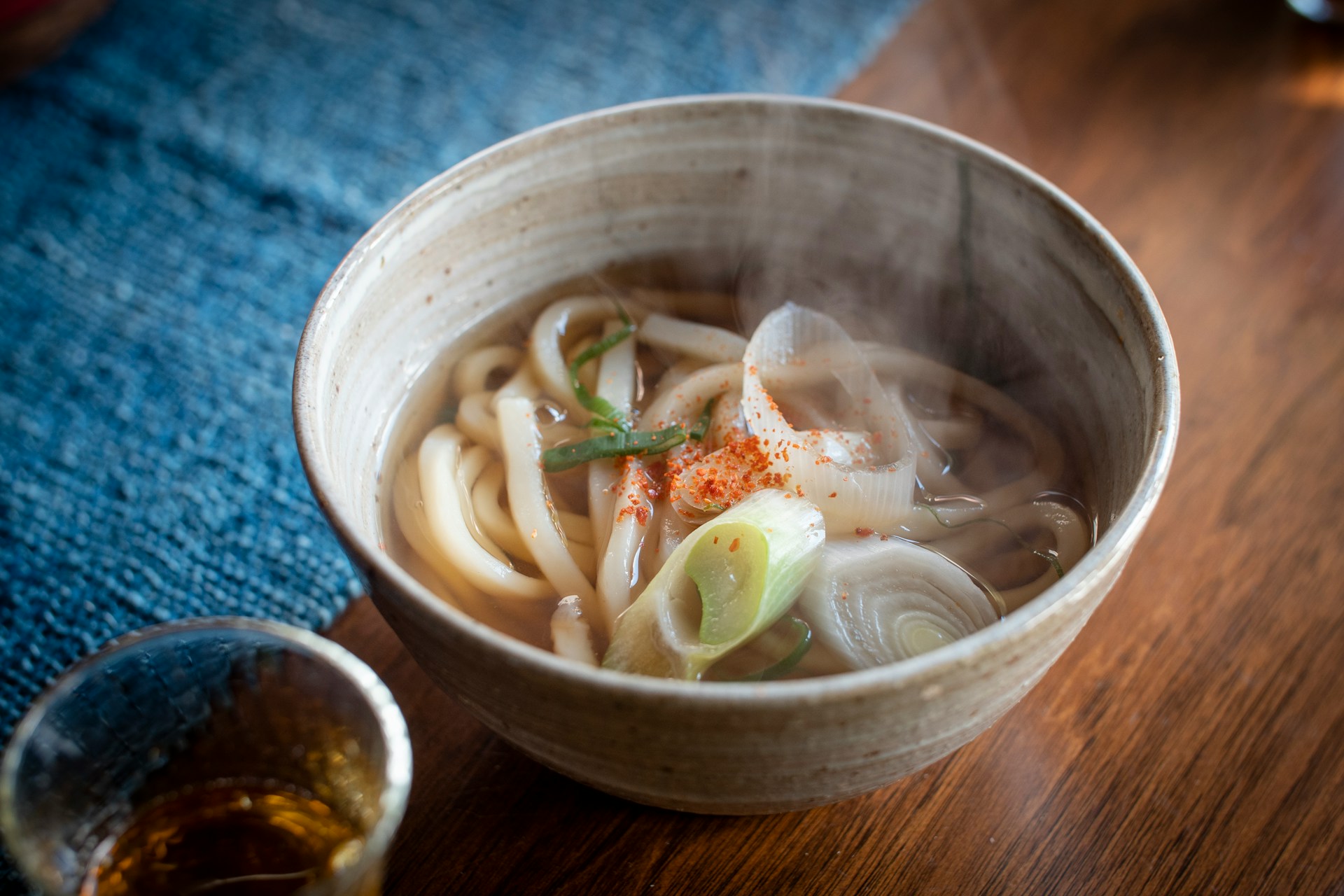
The Cultural Roots: Sanuki Udon in Kagawa
Kagawa Prefecture is affectionately known as “Udon Prefecture,” and for good reason. With over 600 udon shops for a population of just under a million, Kagawa has the highest density of udon restaurants in Japan. Sanuki Udon isn’t just a dish here—it’s a way of life.
The local culture celebrates these noodles through events like the “Udon Expo” and even offers unique services like the “Udon Taxi,” where drivers double as udon guides, taking visitors on a noodle pilgrimage to famous and hidden local spots. Many shops in the region are self-service, or jikasei, allowing customers to experience a quick, authentic bowl tailored to their taste.
Sanuki Udon has also shaped the tourism landscape. People travel to Kagawa not for temples or castles, but for bowls of udon—morning, noon, and night. The noodle is a symbol of pride and identity for locals, making it a must-try for any culinary traveler.
How to Make Sanuki Udon at Home
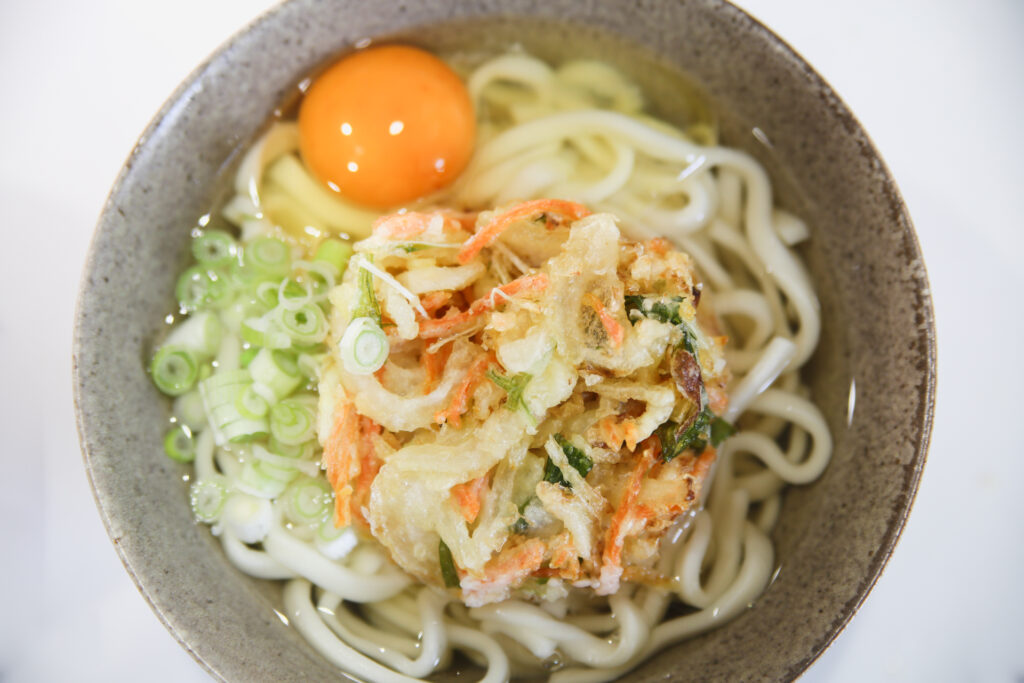
Recreating Sanuki Udon at home might sound intimidating, but it’s entirely doable—even without a trip to Japan. Here’s a simplified version of the traditional method:
Ingredients:
- 500g all-purpose or bread flour
- 200ml water
- 1 tbsp salt
Instructions:
- Mix & Knead: Dissolve salt in water. Mix into the flour until it forms a dough. Knead until smooth.
- Foot Press: Place dough in a plastic bag and step on it with clean feet to develop the gluten—this is the traditional method!
- Rest: Let the dough rest for at least 2 hours.
- Roll & Cut: Roll out the dough to about 4mm thickness and cut into 3–4mm wide strips.
- Boil: Cook in boiling water for 10–12 minutes. Rinse in cold water to stop the cooking and firm the texture.
Sanuki Udon Broth & Toppings
The broth is typically a light, soy-based kakejiru, made from dashi (kombu and bonito flakes), soy sauce, and mirin. Common toppings include:
- Chopped scallions
- Grated ginger
- Tempura (shrimp or vegetable)
- Raw egg or poached egg (onsen tamago)
- Wakame seaweed
- Grated daikon radish
Vegan tip: Use kombu and shiitake dashi instead of bonito flakes.
Using Substitutes Abroad
Living outside Japan? No problem. Many Asian grocery stores like H Mart, Mitsuwa Marketplace, and Japan Centre stock frozen Sanuki Udon, which is an excellent alternative. If making the dough from scratch, bread flour (high gluten) works best for the chewiness. Instant dashi packets and soy sauce will also help replicate the classic broth flavor.
Sanuki Udon vs Other Regional Udon
| Type | Origin | Texture | Thickness | Typical Broth |
|---|---|---|---|---|
| Sanuki | Kagawa | Firm, chewy | Thick | Light soy-based dashi |
| Inaniwa | Akita | Smooth, slippery | Thin | Light and subtle |
| Ise | Mie | Soft, elastic | Very thick | Dark, rich soy broth |
Sanuki Udon is the boldest in texture, whereas Inaniwa Udon is more delicate and Ise Udon offers a melt-in-your-mouth softness.
Where to Eat Authentic Sanuki Udon
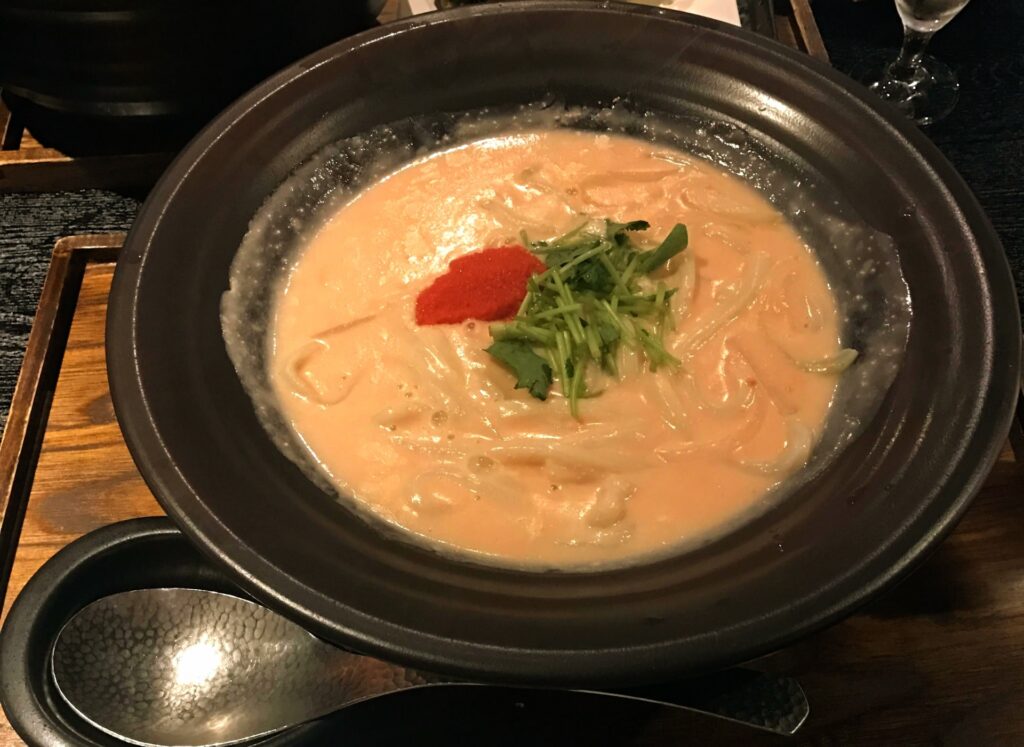
If you’re lucky enough to visit Japan, here are a few must-visit Sanuki Udon spots:
In Kagawa:
- Udon Baka Ichidai (Takamatsu): Known for their “bukkake udon” with tempura.
- Yamagoe Udon: A rural self-service shop loved for its rustic charm.
In Tokyo:
- Maruka (Kanda): Arguably the most famous Sanuki Udon in the capital.
- Tsurutontan (Roppongi): Upscale experience with unique toppings.
Overseas:
- Tsurutontan Udon Noodle Brasserie (NYC): Modern yet authentic.
- Marugame Udon (LA, Hawaii, and more): Fast-casual chain with a wide selection.
Most shops operate on a self-service basis, with bowls starting at around 300–500 yen in Japan. Expect lines—especially at the most popular places!
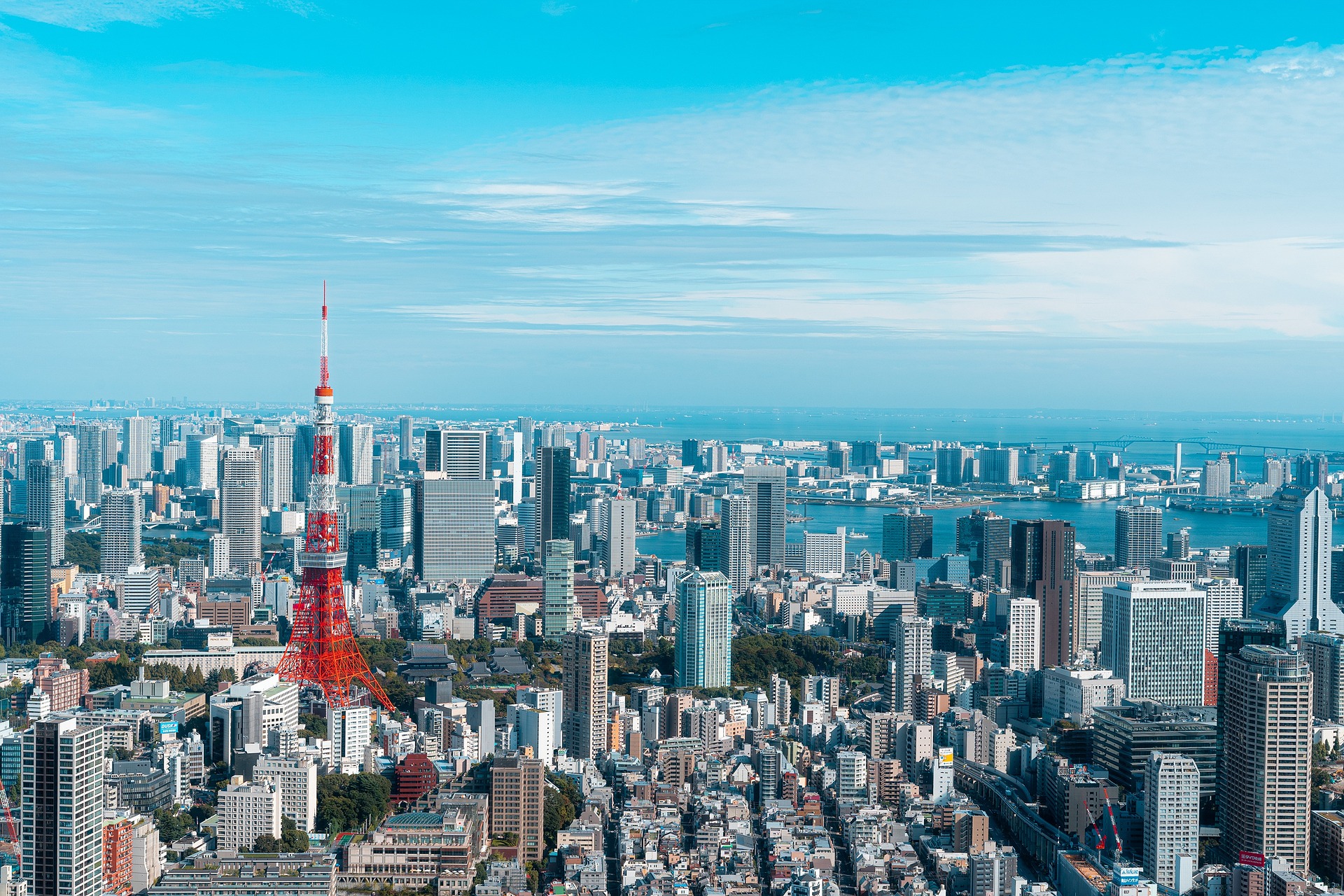
Final Thoughts: Why Sanuki Udon Deserves a Place on Your Table
Sanuki Udon isn’t just a noodle—it’s a cultural experience. Its distinct chewiness, its simple yet comforting broth, and its deep connection to Kagawa’s local identity make it stand out in the world of Japanese cuisine. Whether you’re a seasoned traveler, a home chef, or just a curious foodie, Sanuki Udon offers something uniquely satisfying.
From the foot-pressed dough to the humble dashi broth, every bowl tells a story. So the next time you’re craving comfort food with character, give Sanuki Udon a try—at home or, better yet, in the heart of Udon Prefecture itself.

